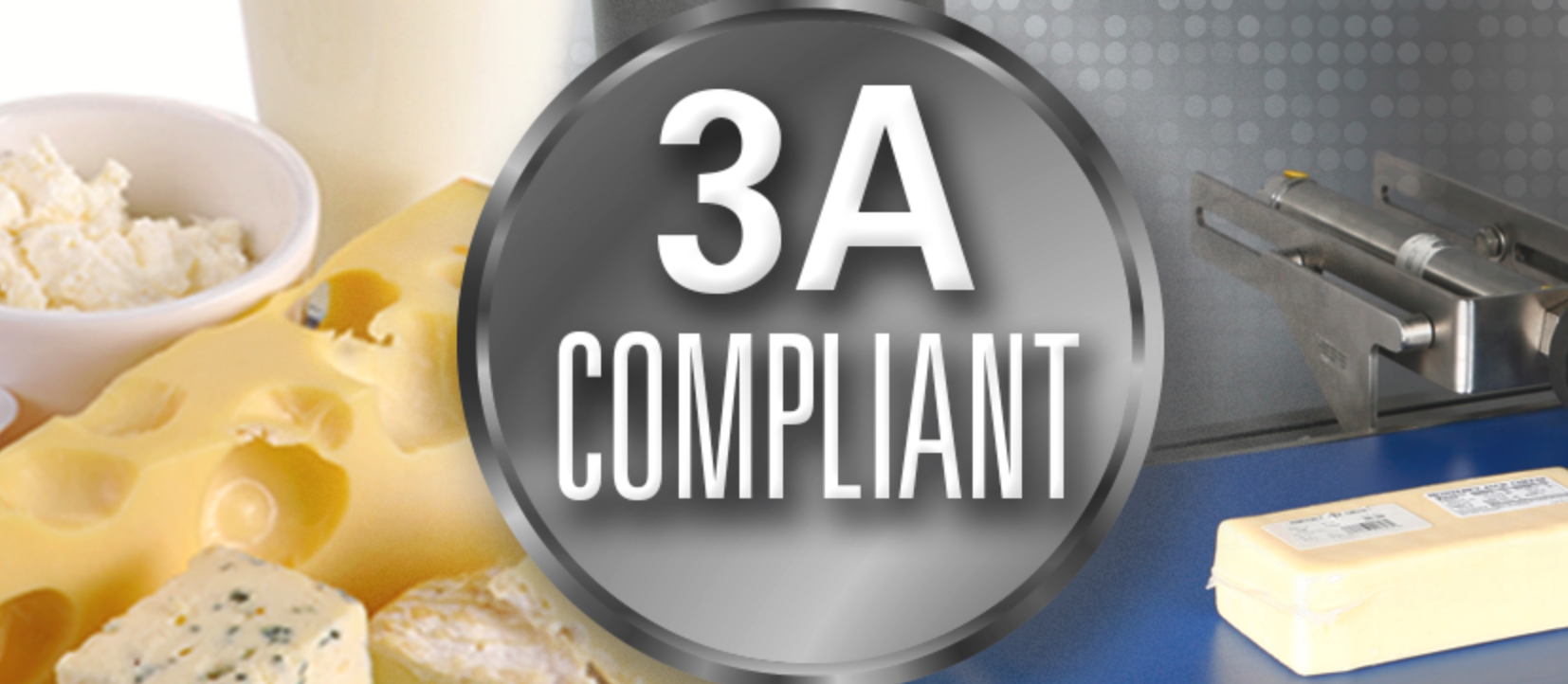Achieving operational excellence can be challenging for any food or beverage business, particularly dairy manufacturers that work under the industry’s most rigorous 3A specifications. Technologies, including advanced inspection capabilities specifically designed for dairy plant applications, can be put into place that meet such strict standards and that can be optimized to both find and reject contaminants and enhance quality assurance.
 Dairy manufacturers adhere to arguably the food industry’s toughest standards for safety and sanitation. There’s no room for nooks, crannies, crevices or errors in production and washdown, as processors work to meet rigorous 3A Dairy Compliance Standards and are guided by other food safety and quality assurance programs such as HACCP, FSIS and SQF.
Dairy manufacturers adhere to arguably the food industry’s toughest standards for safety and sanitation. There’s no room for nooks, crannies, crevices or errors in production and washdown, as processors work to meet rigorous 3A Dairy Compliance Standards and are guided by other food safety and quality assurance programs such as HACCP, FSIS and SQF.
Just as sanitary machinery is often welded and seamless, dairy production lines must run tight, lean and buttoned up. In today’s operating environment, dairy manufacturers balance parallel priorities while striving to achieve operational excellence as part of their own continuous improvement plans or other tools and programs, like Lean Manufacturing or Total Quality Management.
Imploying multi-functional technologies like x-ray inspection systems on your line will help meet continuous improvement goals that result in optimal product safety and quality.
For the challenge of contaminant detection, x-ray systems are used to find and reject foreign materials commonly found in dairy plants, like small pieces of metal or plastic that can either arrive via raw material or become embedded in the product somewhere on the line.
In addition to contaminant detection, there are other benefits x-ray technology brings to the table. When filling a plastic bottle, for example, inspection systems can be used to check for fill level and verify if a cap is on the bottle, and if not, reject it from the line. With ice cream applications, an operator can perform fill level inspection for tubs or cups and also conduct mass measurement for individual or overall packaging. For cheese manufacturers, other benefits of x-ray systems include being able to count cheese slices, discovering if a slice is broken or checking for seal integrity by locating trapped product in the seal. One x-ray system can conduct all of these checks and a manufacturer can maximize efficiencies and reduce downtime caused by error or hazards. In a tight labor market, the automation and multi-functionality are another plus.
While dairy manufacturers take advantage of multi-functional capabilities of x-ray technologies, they can do so in a way that meets sanitary design specifications. Eagle, for example, offers a 3A-compliant, advanced x-ray system, the Pack 400 HC. Designed to meet 3A and NAMI sanitary design standards and IP69 ingress protection, the open-architecture, complete washdown machine offers rugged stainless-steel construction and sanitary features like quick and easy belt removal, continuously welded seam connections, radius on openings to industry standards, and a cabinet design that deflects water from product zones. Dairy companies seeking to get a long and reliable machine life from their systems can run the Pack 400 HC routinely in multi-shift operations, seven days a week for years.
To help dairy manufacturers further adhere to food safety standards and practices, the x-ray systems can be equipped with Eagle proprietary SimulTask™ PRO software. This easy to use, yet powerful imaging processing software has the widest greyscale in the industry to help meet your performance targets throughout every phase of the production process. In addition, TraceServer™ software can help manage critical inspection data remotely on a PC or network database.
True operational excellence, beyond the pursuit of continual improvement methodologies, involves well-thought, long-term changes in an operation and its culture. By leveraging comprehensive, integrated x-ray inspection systems that can be used for items ranging from bulk powders to upright containers, dairy companies seeking operational excellence can better manage their processes and improve their overall culture of safety and quality.



